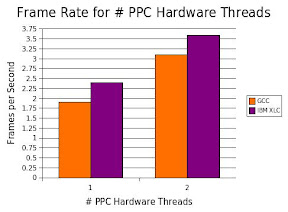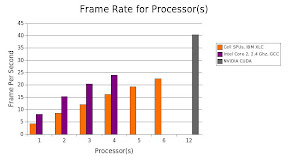My
web site gets a surprising amount of interesting email (beyond the usual headhunter spam and spam spam). This may be due to certain search engines regarding me as the
world's foremost authority on four dimensional cellular automata, among other topics :-)
One email was from an author working on updating a book I had cited. I gave him and his assistant pointers on the latest I knew about emergent collective intelligence.
Another email was someone looking for a part name and source for a CPU chip socket in a photo from my
robot project -- not for a robot or a CPU, so I have no idea how he found the page. I was able to help him.
The most amusing email was a 1337 haxor claiming to have broken the copy protection on one of my Palm games, so he could "fix" it (our backgammon didn't cheat,
honest!). I replied with
this link; he replied with
this one. Touche.
Another person found my
board game list, and was looking for a copy of the Avalon Hill Titan board game to play ($150 on e-bay!). Sorry, not selling & no leads.
I was also asked whether I have tried a SAN with more than one
Coraid EtherDrive. I have not.
The latest email suggested improvements to
Multi-Core Ant Colony Optimization for TSP in Erlang. At the time I had tried native compilation in Erlang, but didn't see any speedup and didn't mention it in the article. On Sun SPARC the correspondent was able to get significant speedup (2x +) on my application with native compilation after he separately native compiled the dict module. Turns out the native compiler only operates on a specific module, and you must native compile the system modules yourself. Otherwise the native speedup is lost in the translation between native and bytecode interpreted in calls between modules. I tried native compiling dict on my AMD system, and didn't get any improvement. I Also (re)discovered that native compilation is not yet compatible with SMP (multi-core) operation. The correspondent also got significant improvements by altering some of my data structure choices. I expect that all three ant algorithm implementations (Erlang, Haskell, and Standard ML (twice)) could be improved be re-visiting my data structure choices.







